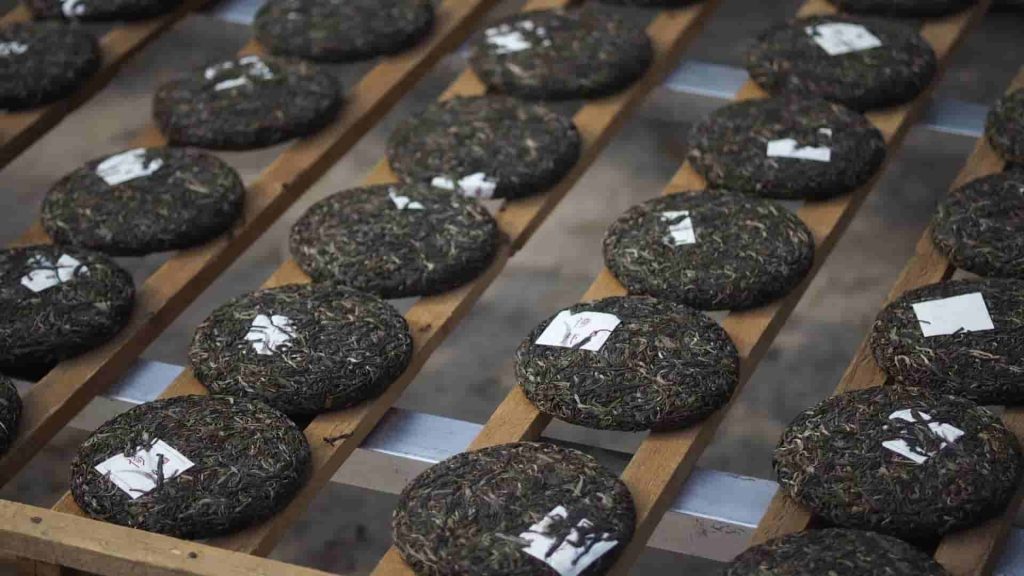When delving into the profound world of tea culture, Pu-erh tea undoubtedly stands out as a sparkling gem. It not only carries a long history and rich cultural connotations but also attracts attention for its unique taste and potential health benefits. Today, let us explore a common question about Pu-erh tea: Does Pu-erh tea contain caffeine?
1. The History and Cultural Background of Pu-erh Tea
1.1 The Origin and Development of Pu-erh Tea
Pu-erh tea is produced in the Yunnan region and boasts a long history. Records indicate that as early as the Shang and Zhou dynasties, the Pu people of Yunnan had already begun cultivating tea. Over time, the production process of Pu-erh tea has been continually refined, gradually forming a unique style. During the Tang and Song dynasties, Pu-erh tea became a tribute to the imperial court and its reputation spread. By the Ming and Qing dynasties, the trade of Pu-erh tea flourished, making it an important commodity.
1.2 The Status of Pu-erh Tea in Chinese Tea Culture
With its unique charm and quality, Pu-erh tea holds a significant position in Chinese tea culture. It is not just a beverage but also a cultural symbol, representing the local customs and traditional craftsmanship of the Yunnan region. It embodies people’s aspirations and pursuits for a better life.
2. Does Pu-erh Tea Contain Caffeine?
The answer is yes, Pu-erh tea does contain caffeine, although its content is lower compared to beverages like coffee. For instance, a regular cup of coffee may contain around 100 milligrams of caffeine, while a cup of Pu-erh tea typically contains between 20 to 40 milligrams. Additionally, the caffeine in Pu-erh tea is released more slowly, providing a more sustained and gentle stimulating effect, unlike the rapid and intense stimulation from coffee.
For those who are sensitive to caffeine but wish to enjoy the pleasures and benefits of tea, Pu-erh tea is an excellent choice.
I. Basic Knowledge of Caffeine
1. The Chemical Structure and Properties of Caffeine
Caffeine is a xanthine alkaloid compound with the chemical formula C₈H₁₀N₄O₂. At room temperature, it appears as white crystals or powder, has a bitter taste, and is highly soluble in water, dissolving quickly in hot water.
2. The Effects of Caffeine on the Human Body
2.1 Stimulating the Central Nervous System
Caffeine can stimulate the central nervous system, increasing the release of neurotransmitters such as dopamine and norepinephrine, making people feel alert and energetic. For example, when we feel tired, the caffeine in a cup of coffee or tea can help temporarily alleviate fatigue, improve reaction time, and enhance mental agility.
2.2 Enhancing Alertness and Attention
Caffeine can enhance brain alertness, allowing us to focus more on tasks at hand. For instance, during prolonged periods of study or work, a moderate amount of caffeine can help maintain high levels of attention and improve efficiency. Many students rely on caffeine to stay awake and focused during exam preparation.
2.3 Potential Side Effects
However, caffeine is not without its drawbacks. Excessive intake may lead to side effects such as insomnia, anxiety, palpitations, and stomach discomfort. For some sensitive individuals, even a small amount of caffeine can cause discomfort. Some people may find it difficult to fall asleep after consuming caffeinated beverages in the evening, affecting sleep quality. Long-term high intake of caffeine may also lead to dependence, and withdrawal symptoms such as headaches and fatigue may occur once consumption is stopped.
II. Pu-erh Tea and Caffeine
As a popular type of tea, Pu-erh tea also contains caffeine. However, its caffeine content is relatively low, and it is released more slowly. This means that while Pu-erh tea provides a refreshing effect, it does not cause the intense stimulation that coffee does.
In conclusion, understanding the characteristics of caffeine and the caffeine content in Pu-erh tea can help us make more informed and reasonable choices about beverages to meet our personal needs and health conditions.
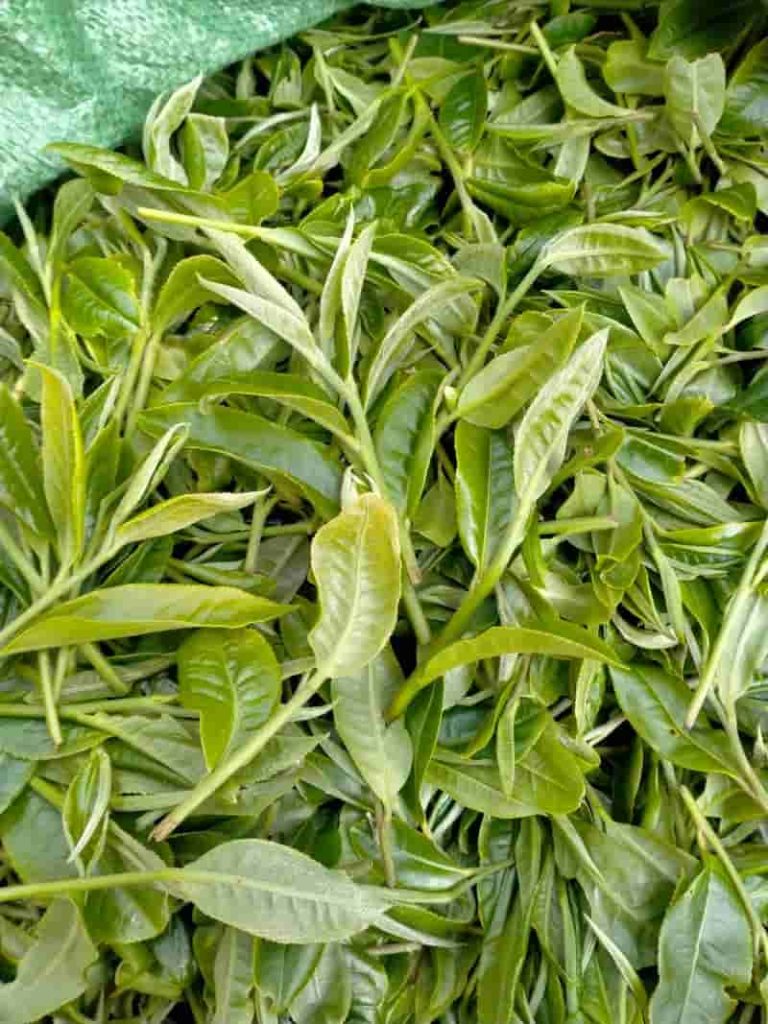
Types and Production Processes of Pu-erh Tea
1. Differences Between Raw Tea and Ripe Tea
Production Processes:
Raw Tea: Made from fresh tea leaves, raw tea undergoes processes such as pan-frying, rolling, and drying. During the pan-frying process, high temperatures deactivate the enzymes in the tea leaves, preventing fermentation.
Ripe Tea: Produced from raw tea through a special process called “wo dui” fermentation. During “wo dui,” the tea leaves undergo a series of chemical changes under the influence of microorganisms and moisture.
Fermentation Process:
Raw Tea: Unfermented, retaining more natural components, resulting in a more stimulating tea character.
Ripe Tea: Undergoes artificial fermentation, resulting in a milder tea character and a richer, more mellow taste.
2. Differences in Composition Between Different Types of Pu-erh Tea
Due to differences in production processes and fermentation levels, raw tea and ripe tea have varying compositions. Raw tea is higher in tea polyphenols and catechins, which have strong antioxidant properties. In contrast, during the fermentation of ripe tea, the levels of tea polyphenols and catechins decrease, while the levels of theaflavins and thearubigins increase, resulting in a reddish, bright tea liquor.
Regarding caffeine content, raw tea generally has a higher caffeine content. However, it is important to note that the caffeine content in Pu-erh tea is influenced by various factors, including tea leaf variety, origin, harvest season, and brewing methods. For example, tea leaves harvested earlier in the season may have higher caffeine content; longer brewing times and higher water temperatures can also increase the amount of caffeine released into the tea.
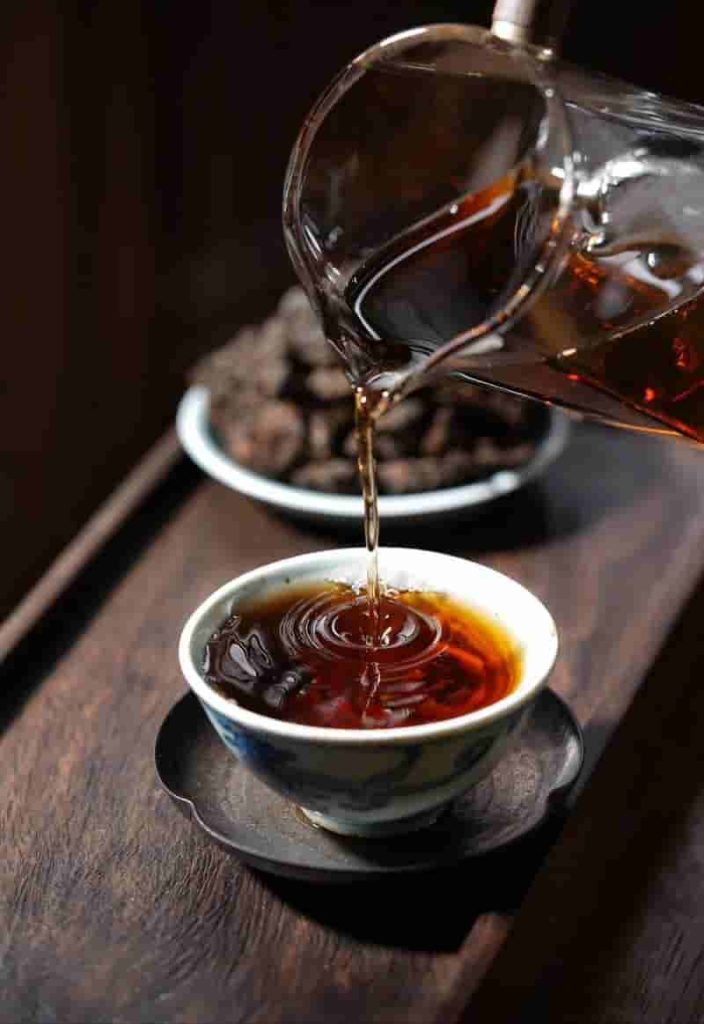
Comparison of Caffeine Content in Pu-erh Tea and Other Teas
Green Tea
Green tea typically contains higher levels of caffeine because it is not fermented during processing, preserving more of its chemical components, including caffeine. Generally, green tea contains about 20-30 milligrams of caffeine per 100 grams. For example, the famous green tea variety West Lake Longjing falls within this range.
Black Tea
Black tea is fully fermented, resulting in a relatively stable caffeine content. Each 100 grams of black tea contains approximately 15-25 milligrams of caffeine. For instance, the high-quality black tea Zhengshan Xiaozhong aligns with this general level.
Pu-erh Tea
Compared to other teas, Pu-erh tea has a moderate caffeine content. Typically, Pu-erh tea contains about 10-20 milligrams of caffeine per 100 grams. However, the specific caffeine content can be influenced by factors such as the tea’s origin, harvest season, and processing methods.
Caffeine Content in Different Types of Pu-erh Tea
Raw Tea vs. Ripe Tea
Raw tea, which does not undergo “wo dui” fermentation, generally has a higher caffeine content. Ripe tea, which undergoes “wo dui” fermentation, may have a slightly lower caffeine content. For example, raw tea and ripe tea made from the same batch of raw materials may show that raw tea has 2-5 milligrams more caffeine per 100 grams compared to ripe tea.
New Tea vs. Aged Tea
New tea usually has a higher caffeine content than aged tea. Over time, as the tea ages and undergoes a series of chemical changes, its caffeine content may decrease. For instance, new tea stored for one year may have 1-3 milligrams more caffeine per 100 grams than aged tea stored for five years.
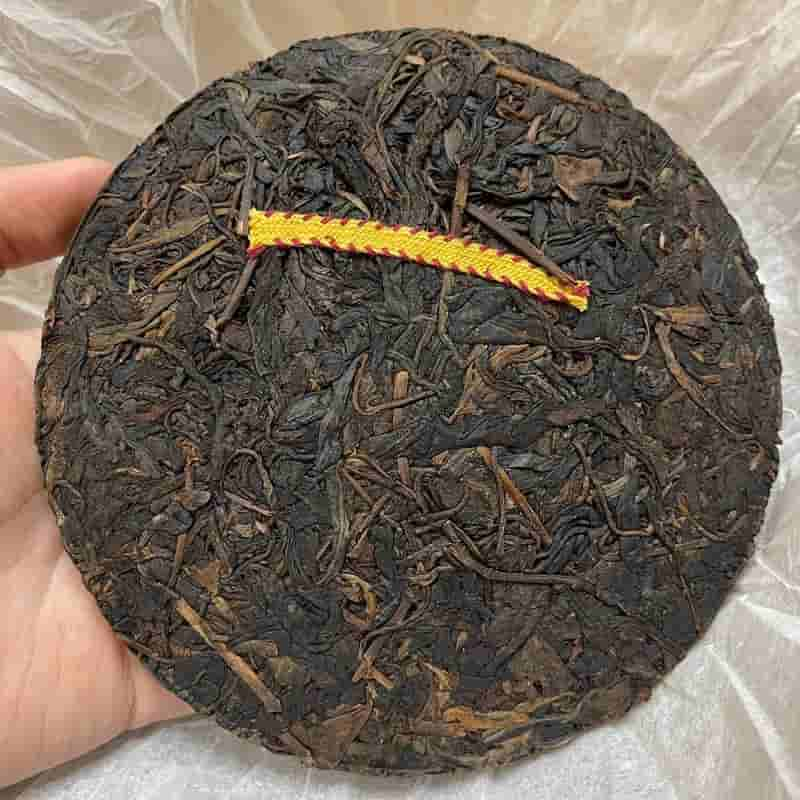
Factors Affecting the Caffeine Content in Pu-erh Tea
1. Tea Leaf Variety and Growing Environment
Different varieties of Pu-erh tea can have varying caffeine content. For instance, there are differences in caffeine levels between raw tea and ripe tea.
The growing environment also plays a crucial role in determining the caffeine content of Pu-erh tea. Tea trees grown in high-altitude regions with mild climates and fertile soil tend to produce leaves with relatively lower caffeine content. This is because favorable growing conditions help tea trees synthesize more other beneficial compounds, thereby reducing the proportion of caffeine. For example, Pu-erh tea from certain specific regions in Yunnan has a moderate caffeine content due to its unique ecological environment.
2. Harvest Time and Tenderness of Tea Leaves
The time of harvest directly impacts the caffeine content in Pu-erh tea. Tea leaves picked in the spring generally have lower caffeine levels, while those harvested in the summer may have slightly higher caffeine content.
The tenderness of the tea leaves is also a key factor. The younger the tea buds, the higher the caffeine content typically is; more mature leaves tend to have lower caffeine levels. For example, fresh tender tea leaves with one bud and one leaf have higher caffeine content compared to older, coarser leaves.
3. Processing Techniques and Fermentation Time
Pu-erh tea’s unique processing methods significantly affect its caffeine content. During the “wo dui” fermentation process, the action of microorganisms causes changes in the chemical composition of the tea leaves, including caffeine.
The length of the fermentation period is also critical. Longer fermentation times can lead to a reduction in caffeine content. For example, ripe tea, which undergoes thorough fermentation, typically has lower caffeine content compared to unfermented raw tea.
4. Brewing Method and Time
The brewing method and duration play a decisive role in the amount of caffeine extracted from Pu-erh tea. Using hot water and longer brewing times will result in more caffeine being dissolved into the tea. Conversely, using lower temperature water and shorter brewing times will yield less caffeine. For instance, Pu-erh tea brewed with boiling water for five minutes will have significantly higher caffeine content compared to tea brewed with 80°C water for two minutes.
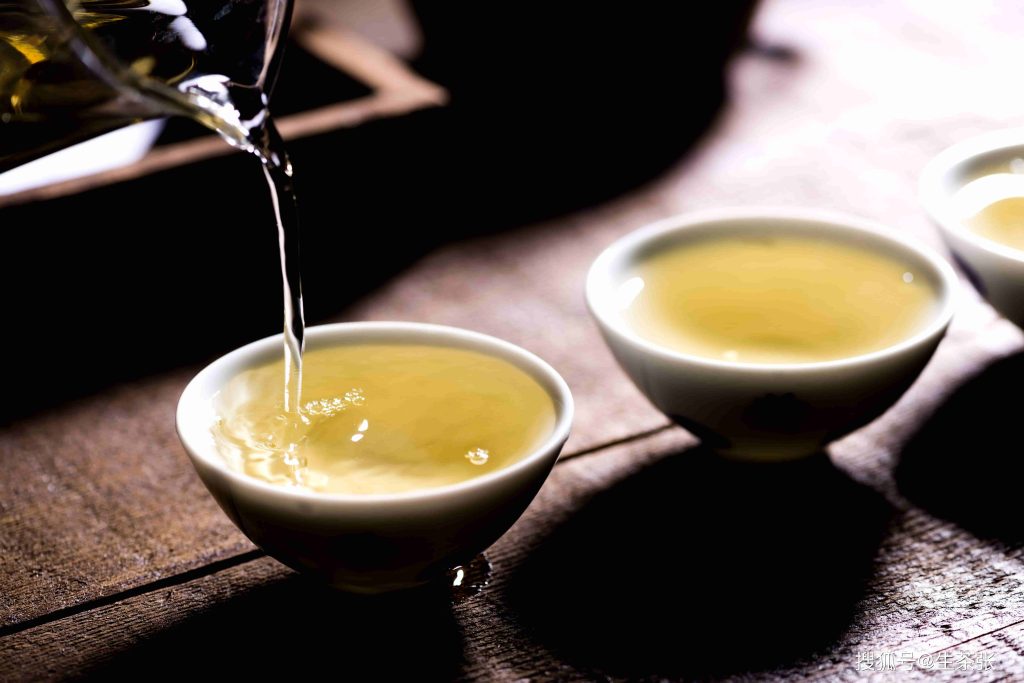
Health Effects of Pu-erh Tea
I. Positive and Negative Effects of Caffeine on Health
1. Refreshing and Anti-Fatigue Effects
Caffeine is a central nervous system stimulant that can temporarily ward off drowsiness and restore energy. When we feel sleepy or fatigued, the caffeine in a cup of Pu-erh tea can stimulate the cerebral cortex, enhancing mental agility and clarity, allowing us to focus and efficiently complete work or study tasks. For example, many students choose to drink Pu-erh tea during exam preparation to maintain a clear mind; office workers may find that a cup of fragrant Pu-erh tea in the afternoon helps them regain energy and improve work efficiency.
However, excessive caffeine intake can lead to anxiety, insomnia, and palpitations. Since individuals have different sensitivities to caffeine, it is important to enjoy the refreshing effects of Pu-erh tea in moderation.
2. Effects on the Cardiovascular System
Moderate caffeine intake may have positive effects on the cardiovascular system. It can promote vasodilation and increase blood supply to the heart, potentially reducing the risk of heart disease and stroke to some extent. On the other hand, long-term excessive caffeine consumption may raise blood pressure, accelerate heart rate, and increase the burden on the cardiovascular system.
II. Other Health Components of Pu-erh Tea
1. Tea Polyphenols and Antioxidant Effects
Pu-erh tea is rich in tea polyphenols, which are powerful antioxidants. Tea polyphenols can scavenge free radicals in the body, slow down the aging process of cells, and prevent various chronic diseases, such as cancer, cardiovascular diseases, and neurodegenerative diseases. For instance, some studies indicate that people who regularly drink Pu-erh tea have lower levels of oxidative stress and less cellular damage.
2. Benefits for the Digestive System
Pu-erh tea also offers numerous benefits for the digestive system. It can promote gastrointestinal motility, aid digestion, and alleviate issues such as indigestion and bloating. Additionally, the microbial communities in Pu-erh tea can help regulate intestinal flora balance and enhance gut immunity. For example, some people find that drinking a moderate amount of Pu-erh tea after meals makes their stomach feel more comfortable and the digestion process smoother.
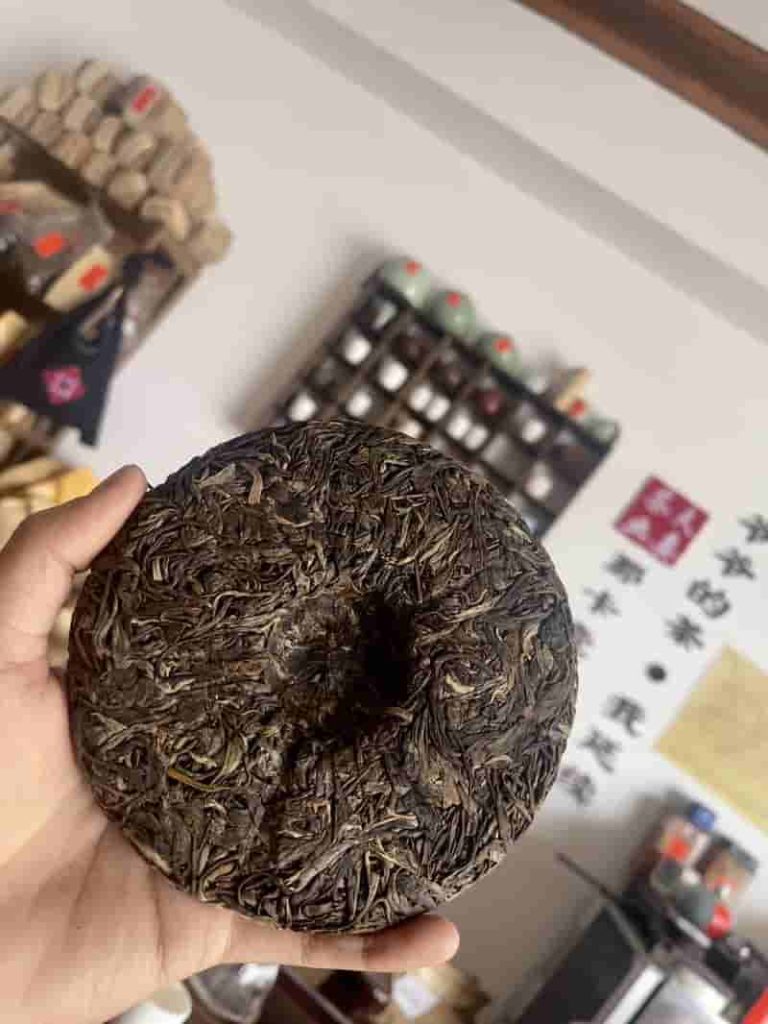
Recommendations for Drinking Pu-erh Tea
I. Suggestions for Moderate Consumption
While Pu-erh tea is delicious and beneficial, it is crucial to consume it in moderation. Generally, drinking 3-5 cups (about 200-250 milliliters per cup) per day is advisable. Excessive consumption may lead to overexcitement, insomnia, and other issues. For example, some individuals, driven by their love for the tea, might drink seven or eight cups a day, resulting in restlessness and difficulty sleeping at night, which affects their mental state the next day.
II. Special Considerations for Specific Groups
1. Pregnant and Breastfeeding Women
Pregnant and breastfeeding women need to be particularly cautious. Caffeine can pass through the placenta or breast milk to the fetus or infant, potentially affecting their development. Therefore, it is recommended that these groups consume little to no Pu-erh tea. For instance, there have been reports of a pregnant woman who frequently drank caffeinated beverages, including Pu-erh tea, leading to abnormal fetal movements.
2. People Sensitive to Caffeine
Individuals sensitive to caffeine may experience discomforts such as palpitations, hand tremors, and anxiety even with small amounts of caffeine. These individuals should be more cautious when drinking Pu-erh tea, starting with small amounts and observing their body’s reactions.
III. Best Times to Drink and Pairing Suggestions
1. Best Times to Drink
- About half an hour after meals: Drinking Pu-erh tea at this time can promote digestion and reduce the burden on the stomach.
- Around two or three in the afternoon: This period is when the body tends to feel drowsy; moderate consumption of Pu-erh tea can refresh and invigorate the mind.
2. Pairing Suggestions
- With pastries: Pairing Pu-erh tea with pastries like flower cakes or mung bean cakes can balance the tea’s bitterness and add a touch of sweetness.
- With fruits: Fruits like oranges and strawberries can enhance the flavor while also increasing vitamin intake.
In conclusion, understanding the presence of caffeine in Pu-erh tea, following principles of moderate consumption, and enjoying it according to personal circumstances and optimal times can make Pu-erh tea a truly beneficial part of a healthy lifestyle.
